Contemporary Issues in Architecture
Arch 3314 · 3 Semester Credit Hours
Contemporary issues in architectural theory and history utilizing precedents from early 20th century to present. May be repeated for credit.
WOMEN & ARCHITECTURE
Arch 3314 · Instructor: Hendrika Buelinckx, PhD
This course explores issues relating to women and architecture. It traces female contributions to architecture in the past, assesses their status in the present, and strategizes on how to envision their role in the future. Topics for the readings, lectures, and discussions will be culled from a wide variety of sources—briefly reviewing the classical tradition, critically examining their contributions to the modern architecture of the twentieth century, scrutinizing their present status, and distilling conclusions for future action. This chronological—then, now, next—review of issues pertaining to women and/in architecture aims to provide students with a basic framework to assess contemporary and future architectural practices.

CROP
Arch 3314 · Instructor: Noémie Despland-Lichtert
In this project-based seminar, students will work individually and in groups toward the production of CROP 09.
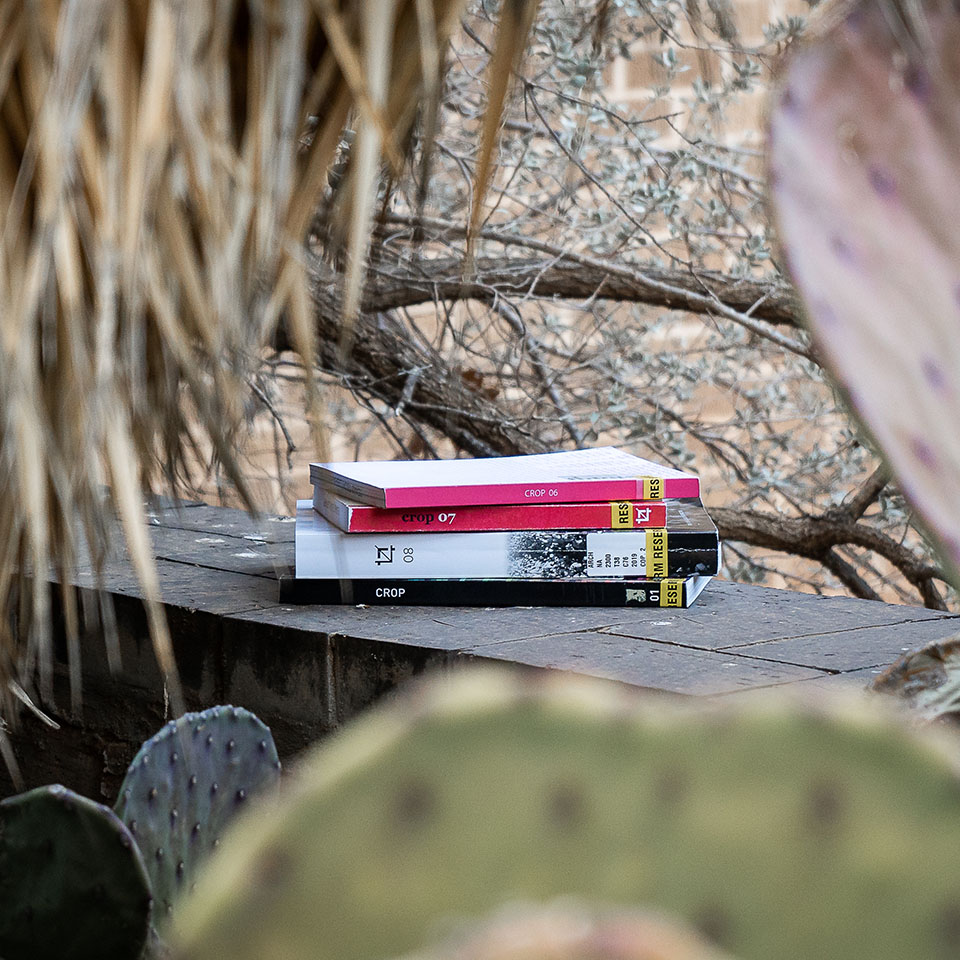
PUBLIC PARADIGMS: shifting urban landscapes
Arch 3314 · Instructor: Kristina Fisher
The urban realm is complex and constantly evolving. As new paradigms emerge, cities and their residents adapt to find new ways of living. Climate change, rapid urbanization, and social inequality are challenging the traditional urban fabric. As a result, designers are rethinking and transforming the public realm. This course will investigate shifting urban landscapes through the decoding and analysis of contemporary public spaces. The course will begin by studying the emergence of public space theory as it evolved out of the 1960s, focusing on the sociality of urban life and spaces. Through this framework, students will research public spaces and the relational conditions that are shaping cities today.
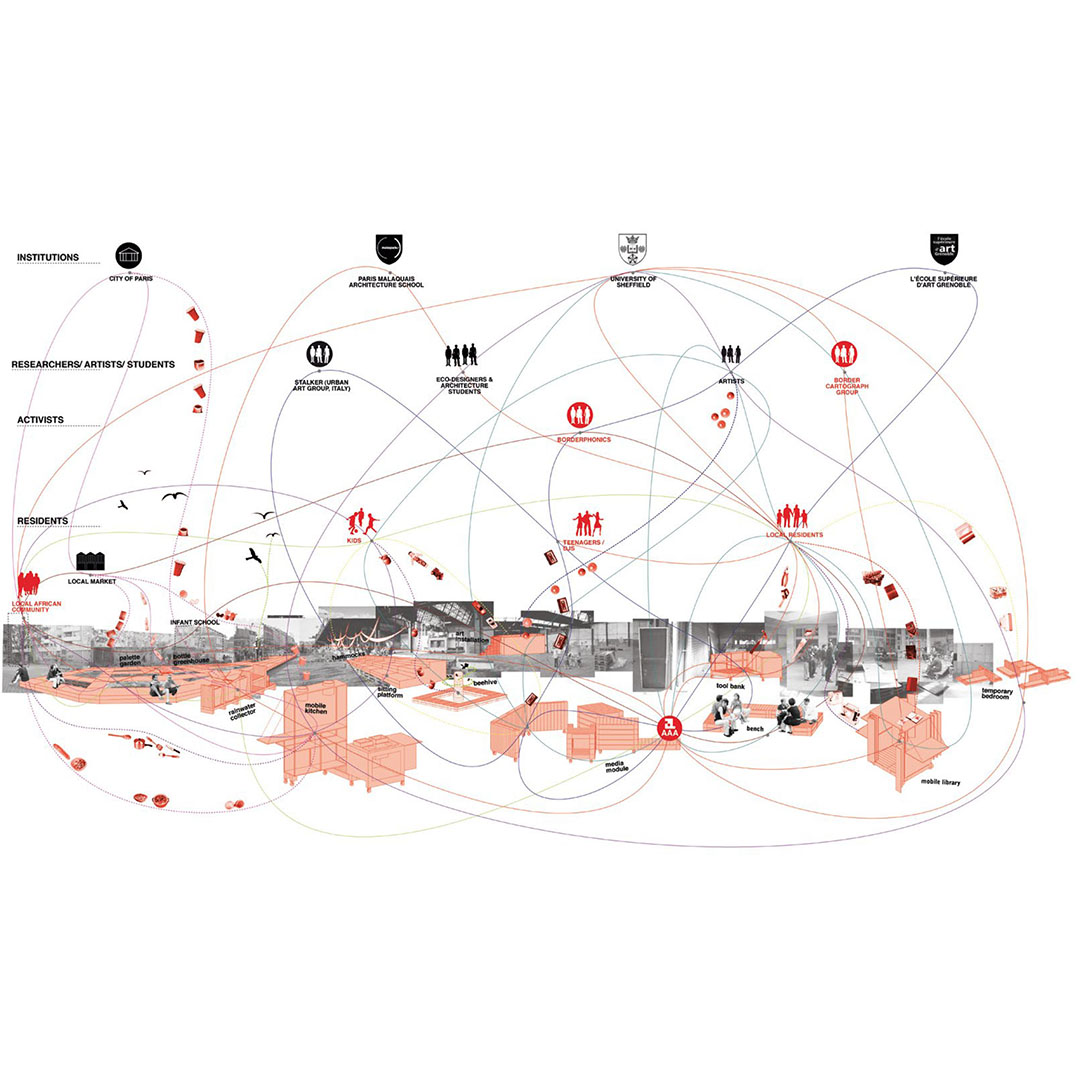
FATA MORGANA
Arch 3314 · Instructor: Lior Galili
While usually considered an optical illusion, the phenomenon of Fata Morgana is also a state of mind. It is an effect by which a visual distortion of the horizon line (and all objects above it) occurs due to thermal inversion. During Fata Morgana, objects appear higher than they really are, but more importantly, it effects a state of mind in which, what you see IS NOT what you get.
This gap between virtual and actual realities opens a whole new range of surreal possibilities. It is a realm which is neither fantasy, nor reality, but the constant distance--or collapse--between them. This course explores the phenomenon of Fata Morgana as an intersection between a unique atmospheric condition and distorted perception.
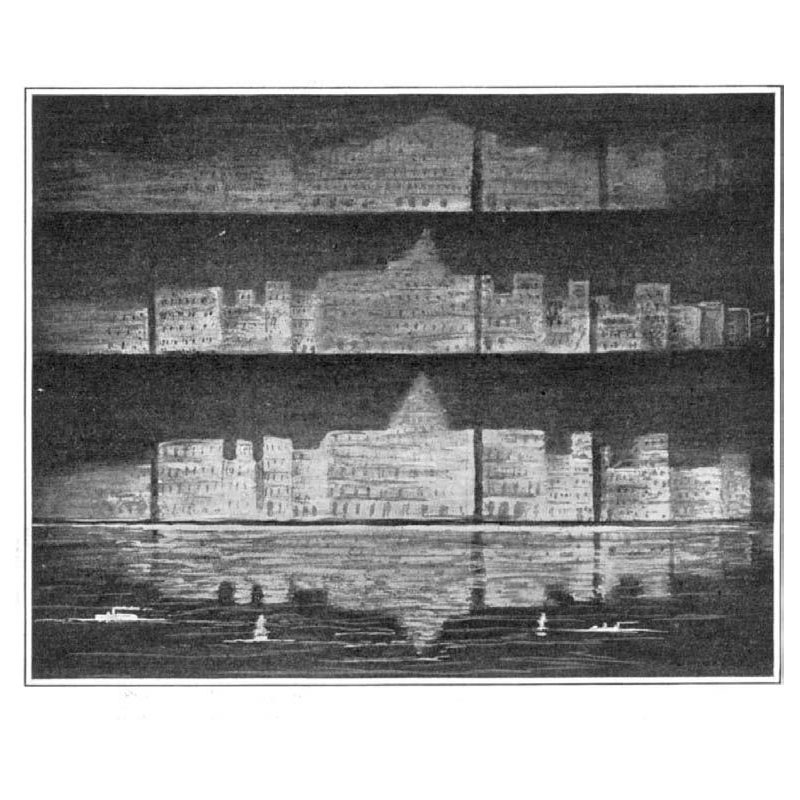
GARDEN IN THE MACHINE
Arch 3314 · Instructor: Jeffrey S. Nesbit
No longer do we only find the romance of the machine in the garden. Instead, isolated enclosures separated nature and redefined the garden entirely. Overlapped by cultural consumption and politics, planetary imagination stimulates a valuable framework for exploring environmental limitations over a technological foreground. Theories and design practices, including subjects found in science fiction, open critical questions on the status of our environment here on Earth. This seminar interrogates the role of the planetary landscape in a post-pandemic society to discuss enclosed forms of capital to the exclusive boundaries of territory and politics.

Design Thinking
Arch 3314 · Instructor: Robert D. Perl, AIA, LEED AP
Design Thinking addresses methods of design, ways of thinking, and means of design thinking through multiple experiences of reading, discussing, and writing. It positions design thinking within the discipline of architecture, explores the role of design within the profession of architecture, and considers the place of creativity in design processes. The course will make students more conscious of their current design, thinking, and communications skills and assist them in developing new abilities in these areas.

MAPPING MIGRATION: CLIMATE CHANGE + URBAN ECOLOGIES OF COSTA RICA
Arch 3314 · Instructor: Peter Raab
Costa Rica, like much of the ‘new world' was not simply discovered, but conquered by the Spanish conquistadors in a 50-year war of attrition on the 150,000 indigenous peoples living throughout the diverse landscape. Costa Rica's unique location, straddling the North and South America continent, was divided by the Spanish into two distinct cultural areas due to its geographical location in the Intermediate Area, between MesoAmerican and the Andean cultures, with influences of both cultures. For the next 300 years, Costa Rica was a colony of Spain. Unfortunately, many of the indigenous people perished from disease, were enslaved or murdered by the Spanish during its reign, almost to the point of extinction as their numbers dwindled to an estimated 10,000. As a result, Costa Rica's culture has been greatly influenced by the culture of Spain, and a mixing mestizo of cultures from Europe with populations of Caribbean and the Americas. Up until the creation of the Panama canal in 1910, people would migrate across this land bridge and through Costa Rica.
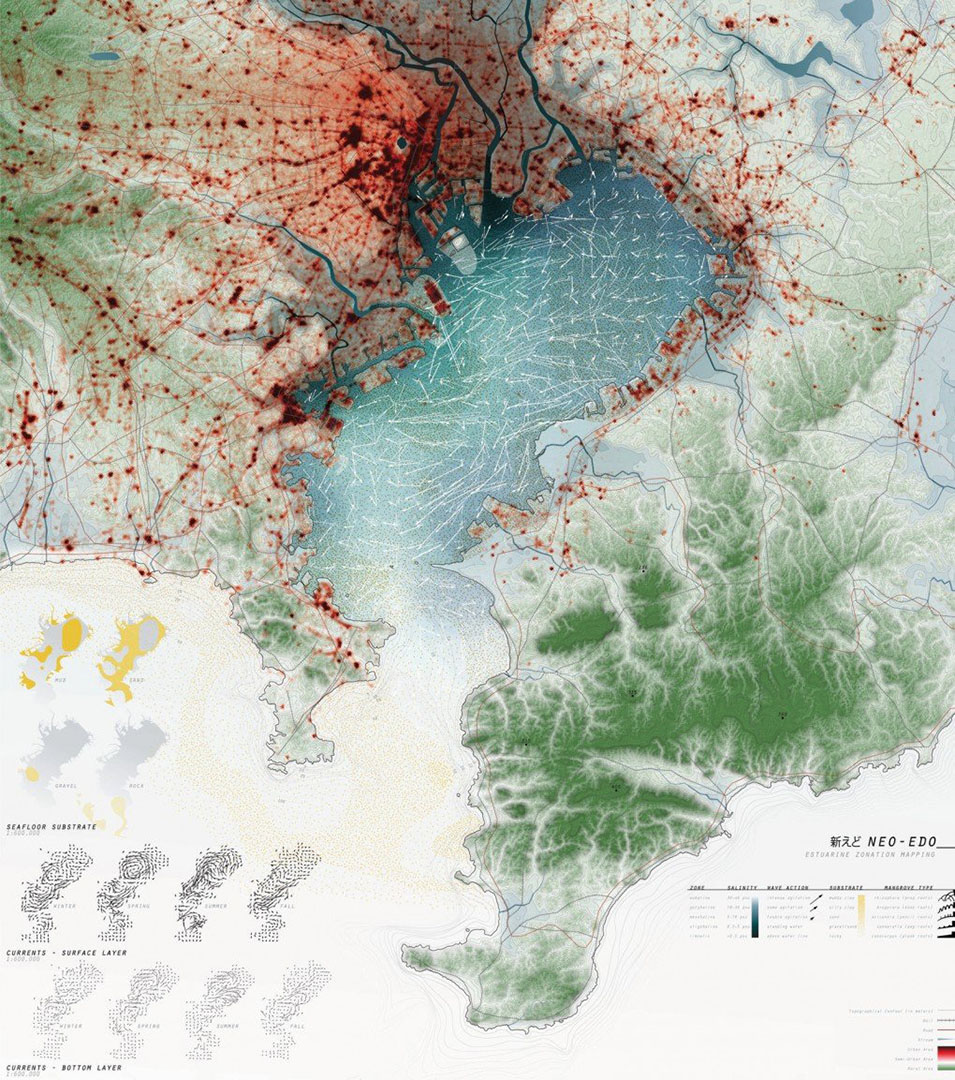
Earth Based Construction Systems
Arch 3314 · Instructor: Ben K. Shacklette
Many types of earthen or “mud” based construction materials and systems are used around the world by a substantial portion of the global population, particularly in the rural villages and townships of the rapidly developing areas of the world. Lawrence Keefe, author of 'Earth Building Methods & Materials, Repair & Conservation' estimates that “at least 30% of the world's population (over 2 billion people) live in houses constructed of raw earth.” Earthen building, often combined with numerous other construction methods and materials, plays a pivotal role in satisfying the urgent need for new buildings necessitated by population increases and migration patterns as seen throughout the world in developing countries today.
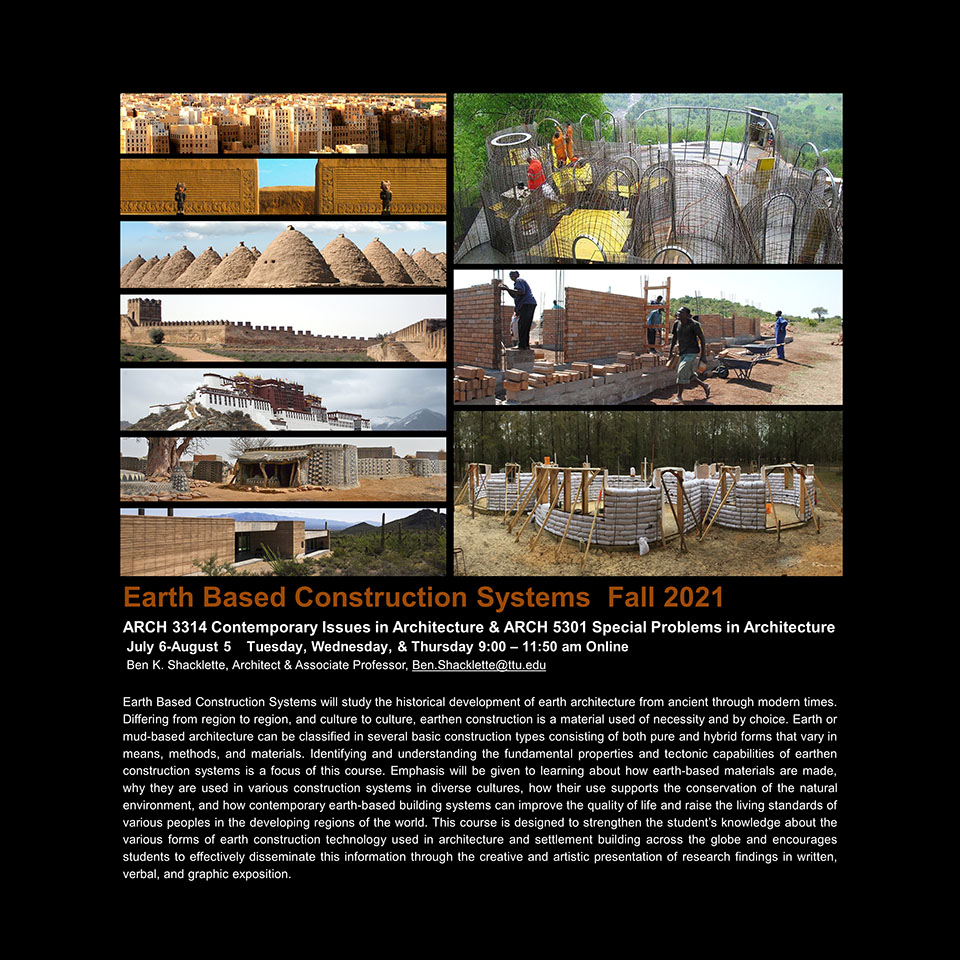
Society, Data, and Space
Arch 3314 · Instructor: Julie Zook, PhD
This course uses digital humanities perspectives and methods to shape inquiries on the constructed world with emphasis on analyzing, representing, and asking questions of and about data. It reviews key precedents from the 20th and 21st century on data and design.
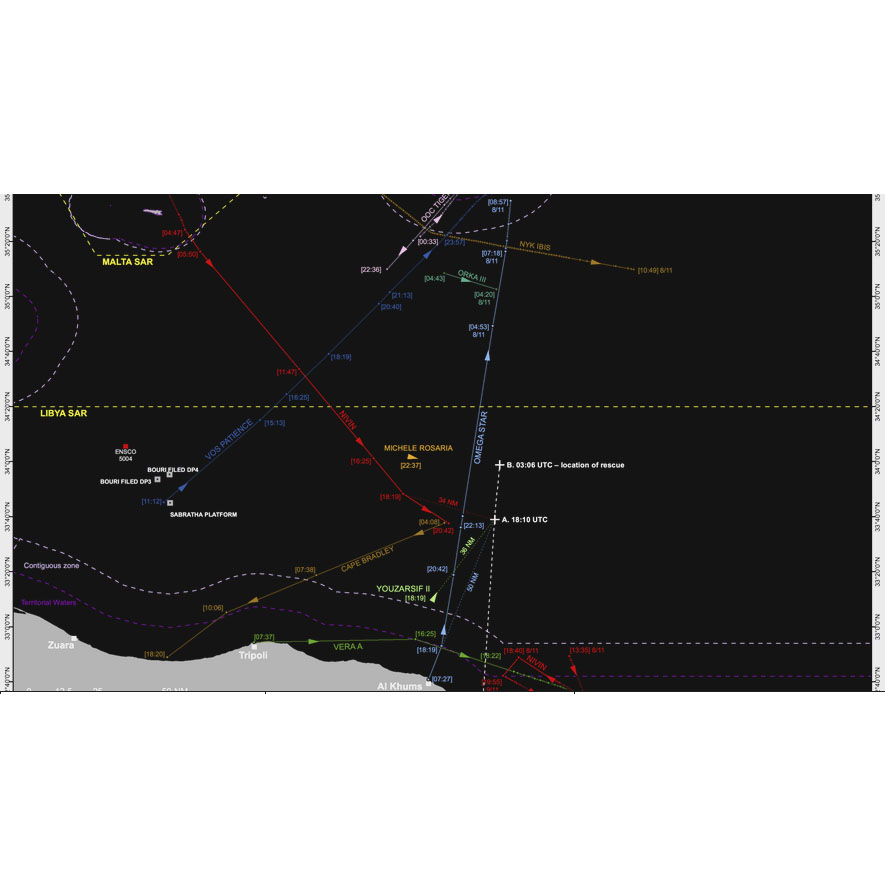
The American Skyscraper Through Art and Exhibition
Arch 3314 · Instructor: Brian C. R. Zugay, PhD
This course explores the strongly reciprocal and reflexive relationships between art and architectural design. As an emerging new modern building type during the late-nineteenth and early-twentieth centuries, the skyscraper became a critical subject and theme within a burgeoning modern art. New visual paradigms and media engaging with the skyscraper, in turn, began to significantly influence the representational strategies and skyscraper designs of architects. Our class will trace a continuing dance of mutual stimulation between artists and architects through to the present day. Just as the skyscraper remains the most modern of building types today, we will see how the skyscraper retains a central place within the discourses of both contemporary art and architecture.
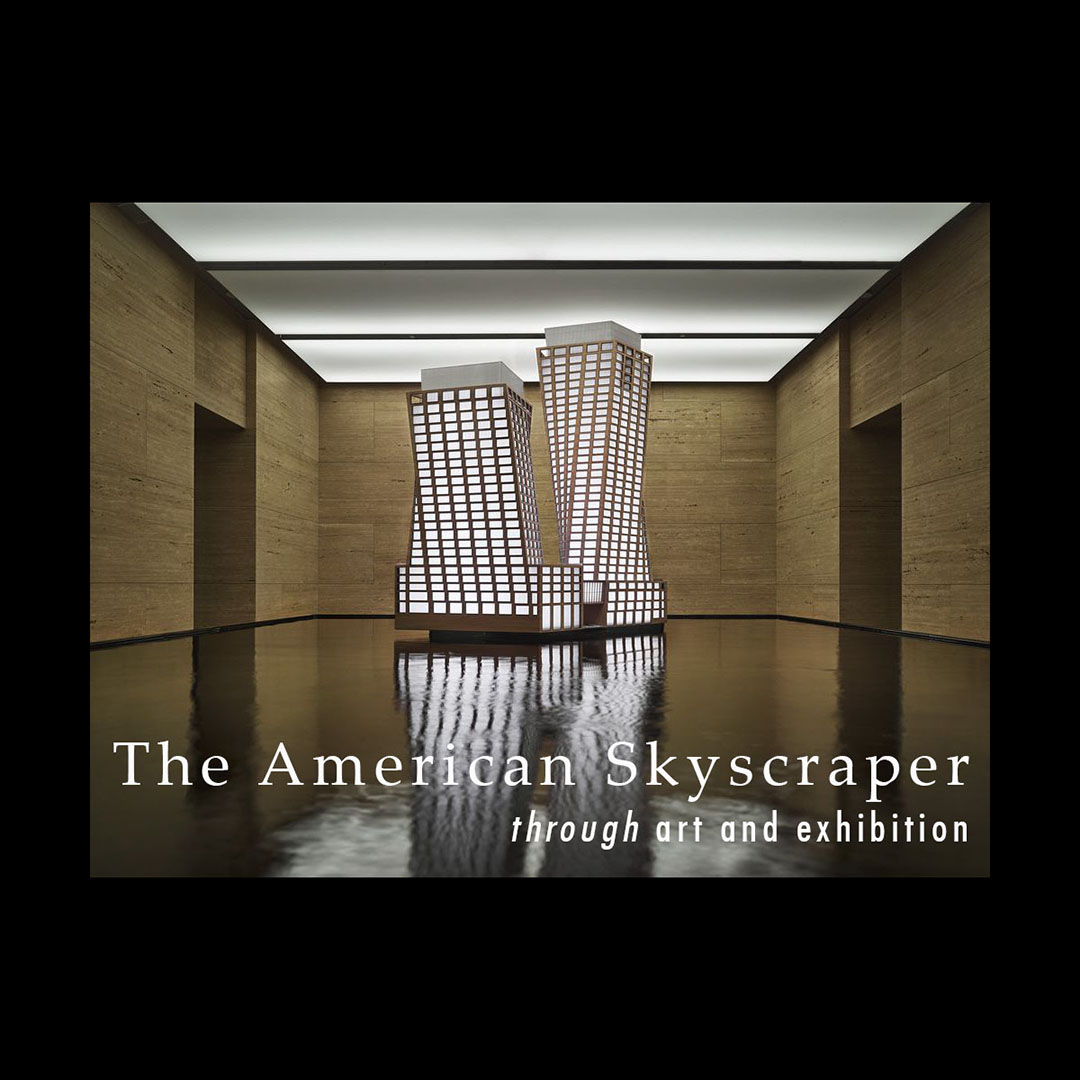
Architecture and Landscape
Arch 3314 (Seville) · Instructor: Ángel Martínez García-Posada
The boundaries between architecture and landscape have dissolved in contemporary contexts. Traditional dualities, such as natural-artificial, charged-void or city-territory, have been superseded. In considering the sites of architecture today, architects have the opportunity to rethink an unbalance in modern architecture, one that has displaced environment and nature to a distant plane of design.
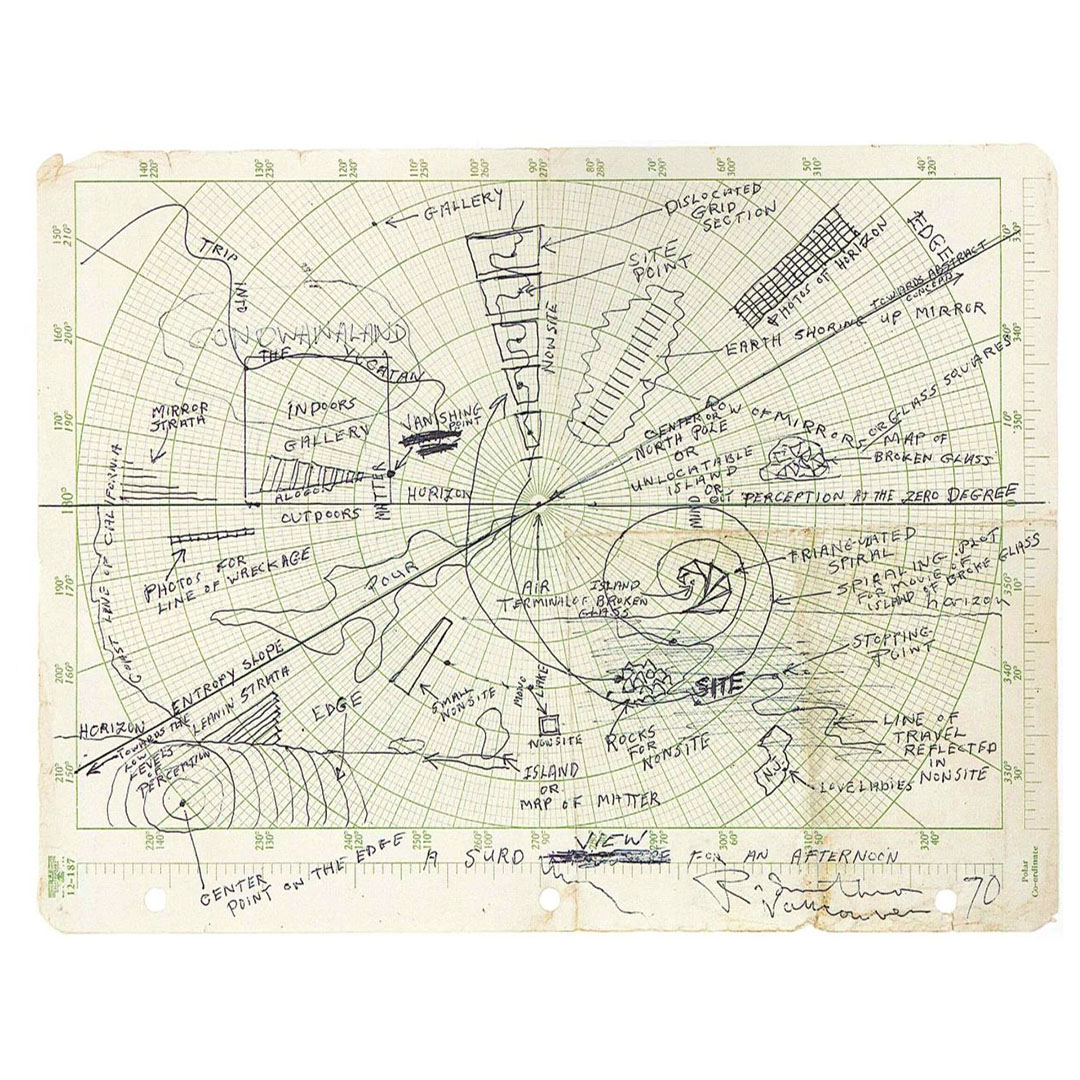
Huckabee College of Architecture
-
Address
Texas Tech University, 1800 Flint Avenue, Lubbock, TX 79409 -
Phone
806.742.3136 -
Email
architecture@ttu.edu

